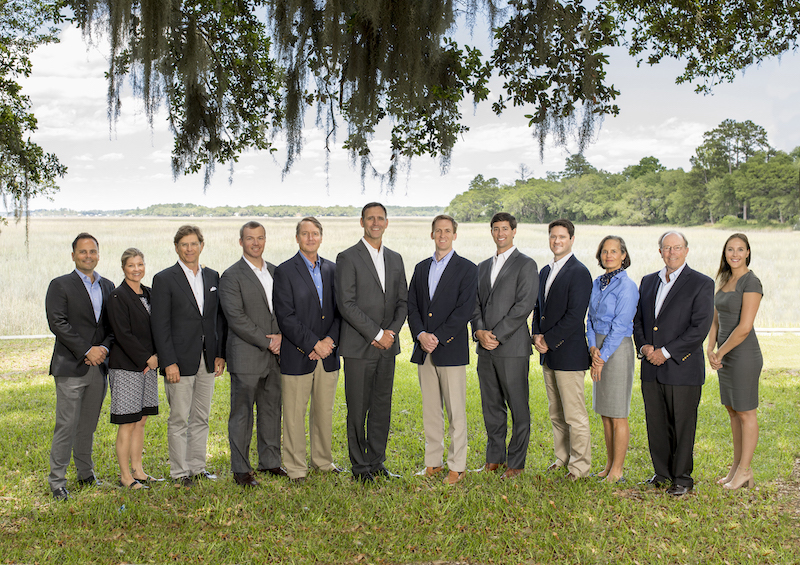A dividend growth investment strategy is one that only invests in companies that increase their dividends to shareholders each year. A diversified portfolio of these companies can produce a growing stream of dividend income while keeping your savings invested to grow over time. The dividend income can be used to replace your earned income and fund your living expenses, or if not needed, it can be reinvested as additional savings. It turns out that reinvesting the dividends can have a significant impact on your long-term total returns.
To assess the importance of dividends as a component of total returns, let’s first define what we mean by “total returns.” When investing in stocks, total return is the sum of price appreciation plus dividends. For example, let’s say you buy a share of stock for $100. Let’s assume that after one year, the stock had increased in value by $5 to $105 and you received a $3.50 dividend. The total return would be calculated using $5 of appreciation plus the $3.50 dividend for a total of $8.50 on your $100 investment, which would be an 8.5% total return. In this scenario, the dividend amounted to over 40% of the total return.
During periods like the first six months of 2021 when equity valuations rose significantly, we can lose sight of the importance of reinvesting dividends because they made up a relatively small portion of the total return during that period. However, with a longer-term perspective, reinvesting dividends has historically been an extremely important component of total investment returns.
The chart below shows the return on $100 invested in the S&P 500 over the past 50 years with two different assumptions. In the base case (orange) the graph shows how the investment would grow based on price appreciation alone. In this scenario, the $100 investment grew in value to a little over $4,070 over the 50-year period.
The second scenario (gold) adds in dividends and assumes the dividends are all reinvested. In this scenario, the $100 investment grew to $19,256. In other words, 79% of the total return over 50 years in this scenario came from dividends and the return on reinvested dividends. The reason for this stark difference in returns is the compounding effect, in which you earn returns on your reinvested returns. This can snowball over time to produce far more growth in value and income than you might expect.
In summary, the dividend income that a dividend growth investment portfolio can produce is a great source of investment income to fund your retirement and provide greater financial freedom. However, if you don’t need the income, the reinvestment of your dividend income can be a fantastic way to significantly boost your long-term total returns.
For more information, visit Verity Investment Partners at verityvip.com.
Data sources: Morningstar and Verity Investment Partners



